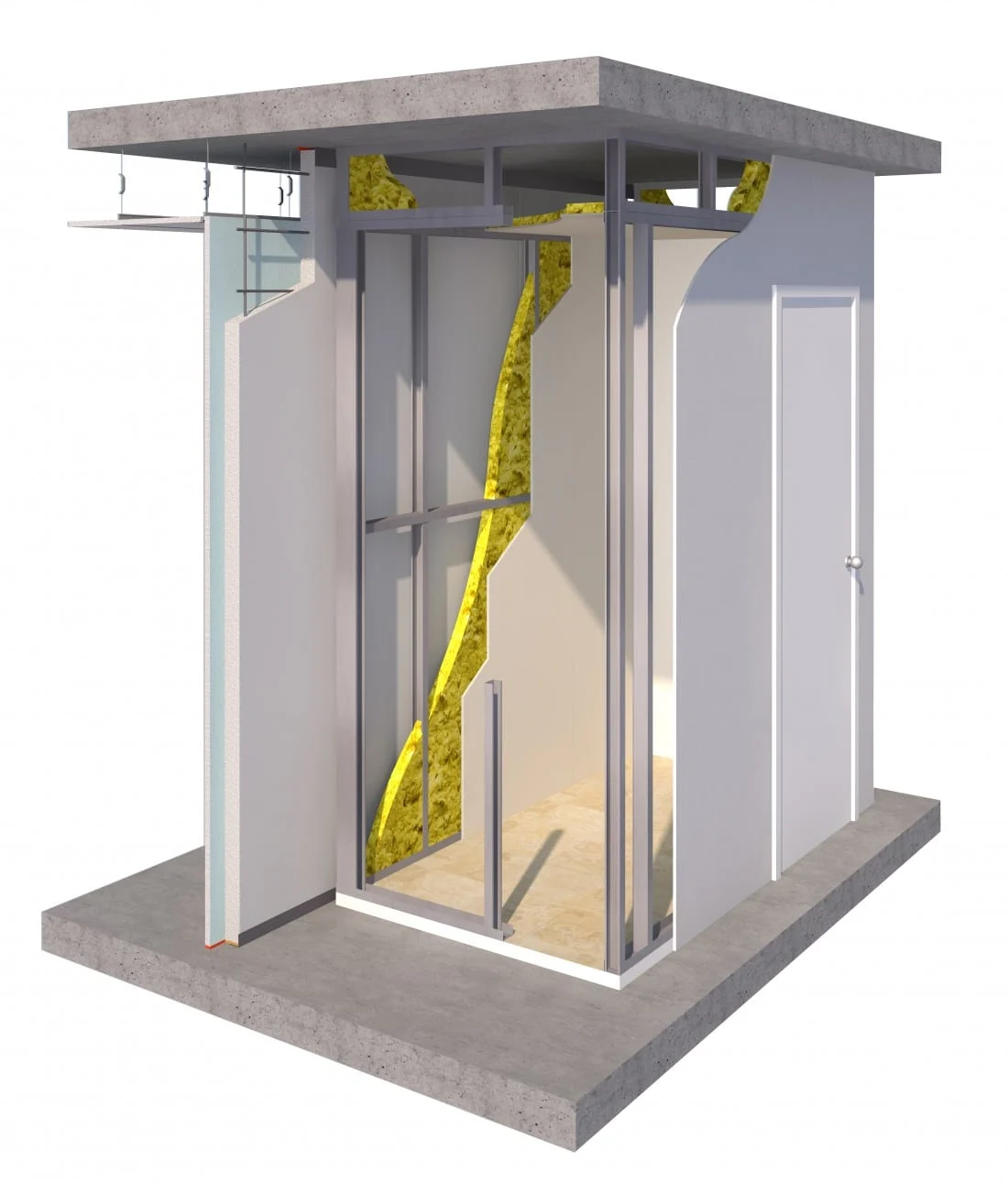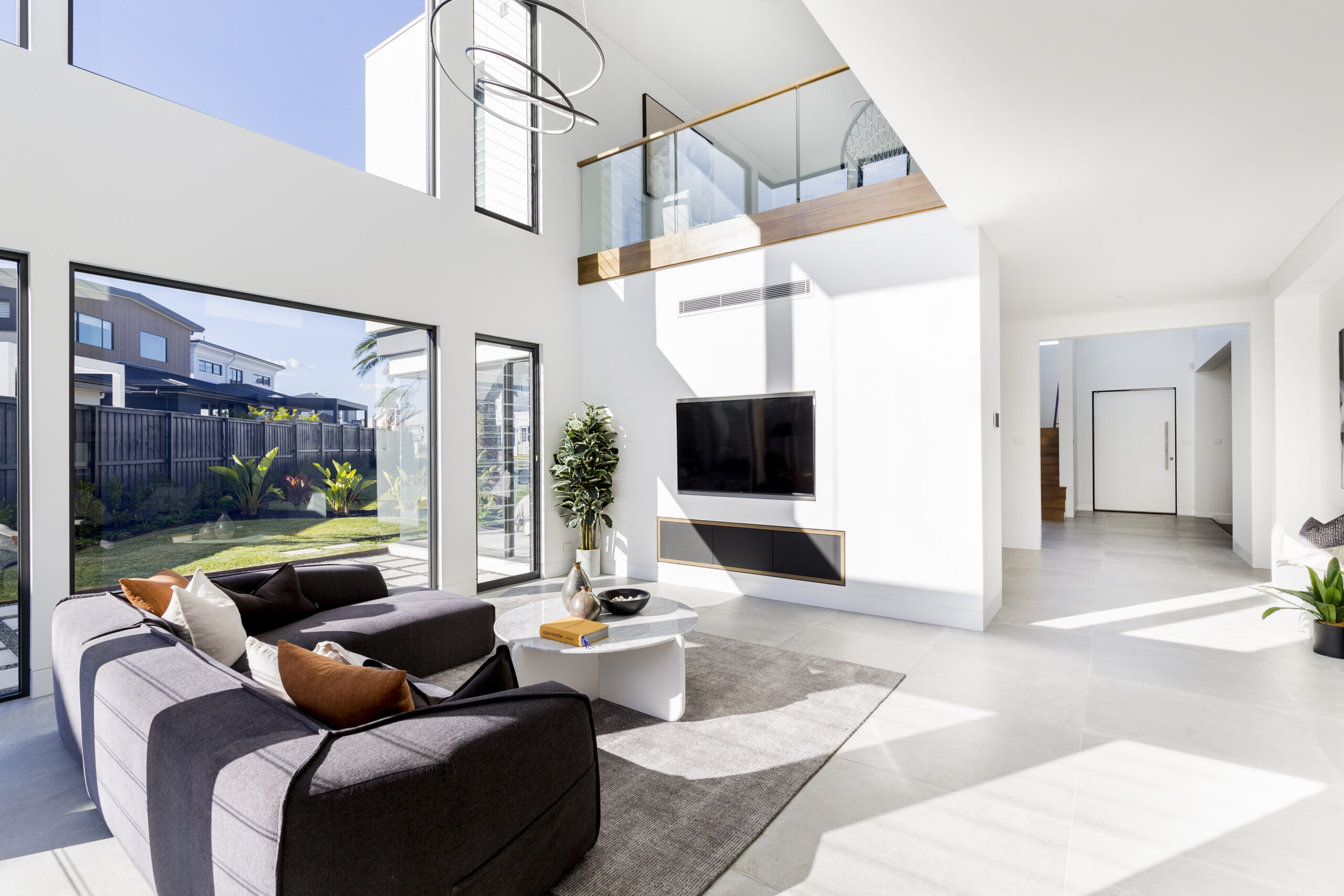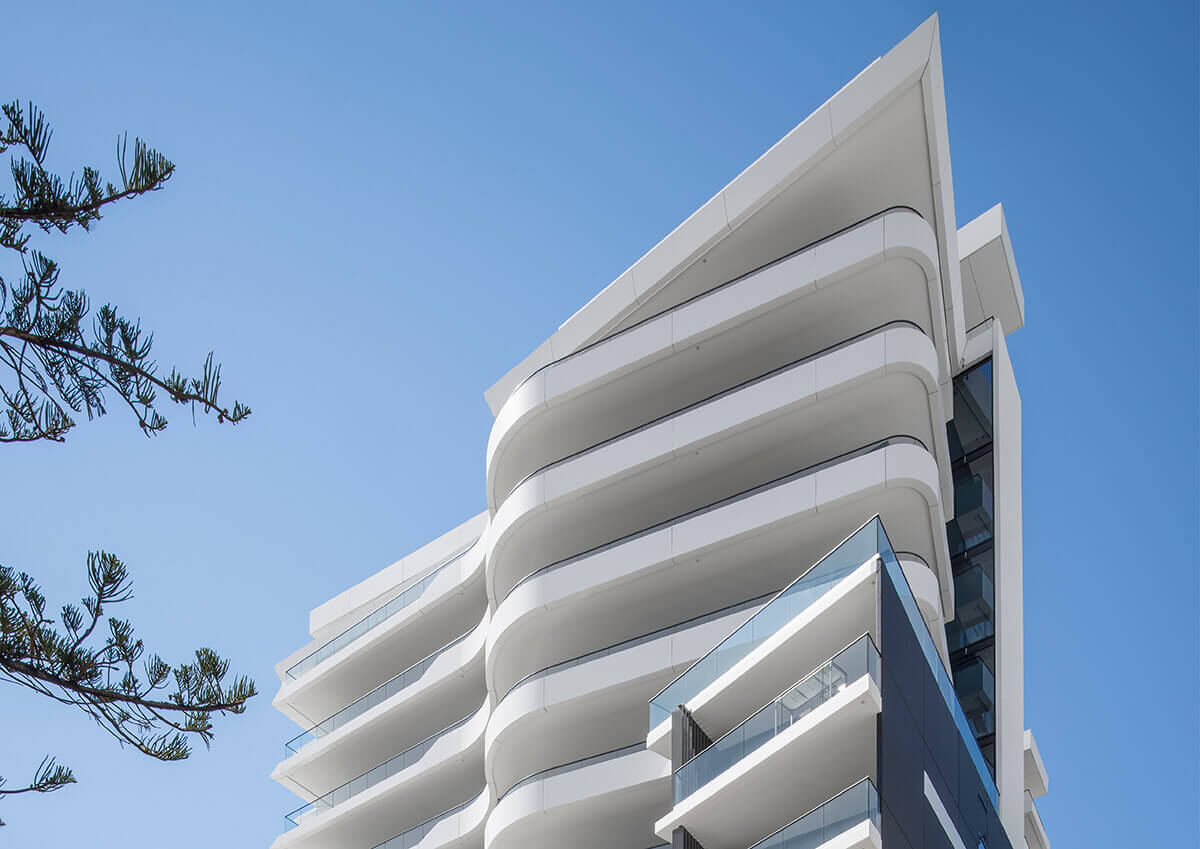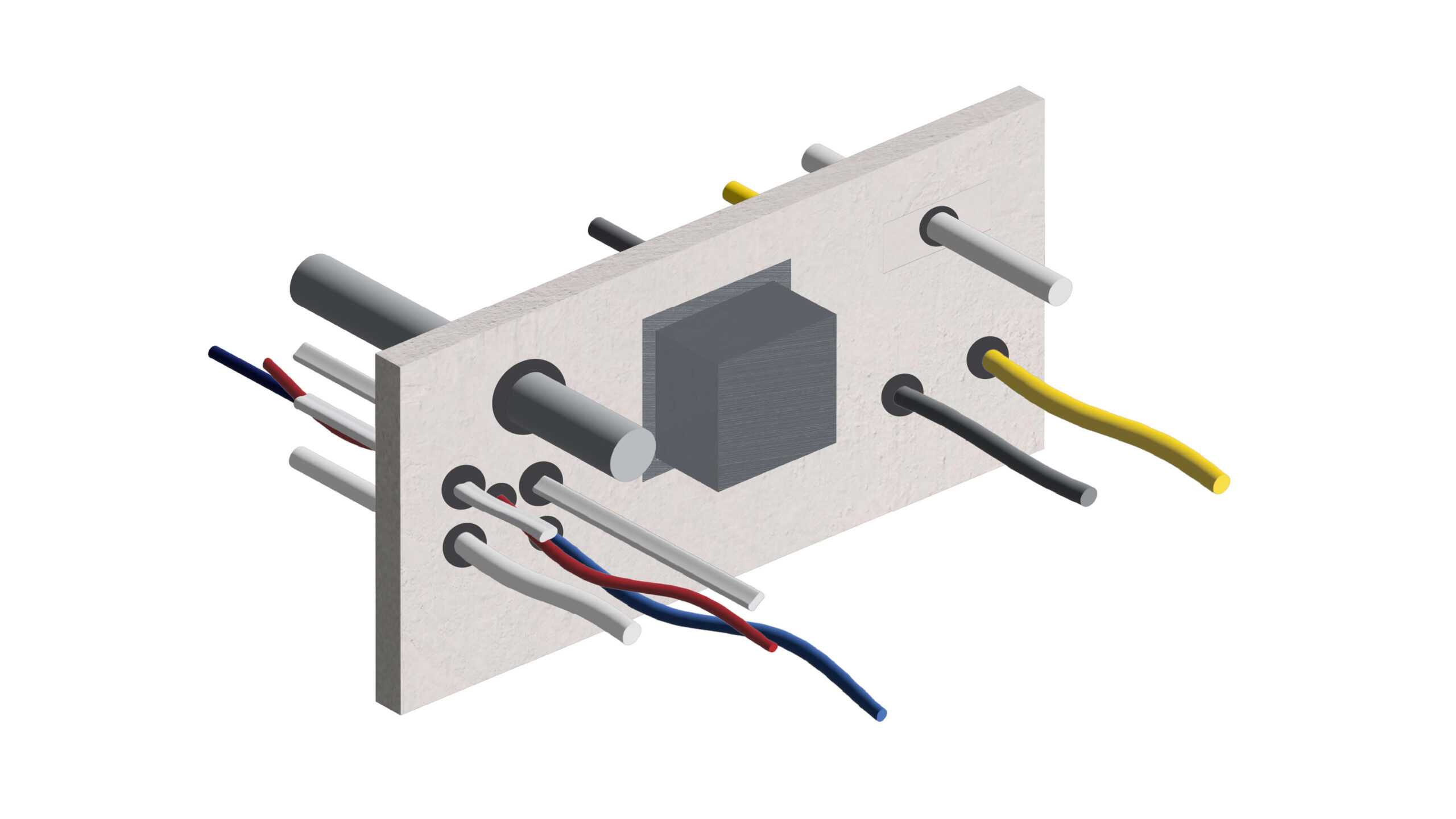
Ben White of Acoustic Logic has sound reasons for using Hebel
With more and more people opting for high rise residential apartment living, there is a growing appreciation of the benefits of quality sound insulation within those buildings.
Without such protection, proximity to neighbours and the potential exposure to noise from both within and outside the building can have an adverse impact on residents.
Therefore, the efficient acoustic sealing of intertenancy walls in high rise residential buildings is vital to the peace of mind and comfort of apartment dwellers.
Awareness within the industry of this need resulted in the upgrading of sound insulation requirements by the Building Code of Australia (BCA) in 2004.
How sound travels
Sound or vibration travels as waves, as explained Ben White, Director of Acoustic Logic Consultancy Pty Ltd.
“It travels like a wave in any sort of substance so, as it passes through something, it reacts to what it impacts with,” he said. “In this way, it’s not dissimilar to waves in the ocean.”
Within a high rise residential apartment building there are multiple opportunities for sound to travel and impact, whether this relates to everyday noise from other apartments, general building sounds such as water travelling through pipes or external noise from traffic and other external factors.
Efficient acoustic sealing of intertenancy walls is therefore necessary to help protect residents against these ongoing sounds.
“Otherwise, residents would be able to hear their neighbours at a level which would be likely to cause a disturbance or complaint,” said Ben. “This could include the audible noise of talking and television, the sound of people walking on floors and many other everyday noises. This problem is evident in some apartment buildings that were completed before the acoustics standards were introduced.”
Fortunately for residents of more modern buildings, this is not the case when intertenancy walls have been acoustically sealed to BCA standards or even higher if, for instance, that higher standard is required by a client or by local council regulations.
How Hebel makes it easy
Working with Hebel intertenancy wall panels makes it easy, Ben has found, to comply with the standards.
“The advantage of the Hebel system in regard to complying with the criteria is that it has the ability to achieve the rating as a masonry element, although it is aerated, and to achieve it in the thinnest possible manner, which obviously has great advantages for clients,” he said.
Ensuring quality control in regard to safeguarding residents from noise is also straightforward when using Hebel panels, Ben has found.
“With acoustics, you’re really only as strong as your weakest points. If there are gaps or other deficiencies in a wall, this affects its overall performance,” he said. “Even if a deficiency is only small in relation to the complete area of the wall, it might have a big effect on the wall’s overall acoustic performance.
“Putting up a piece of Hebel PowerPanel and keeping the quality control is a lot easier compared with other types of walls where there might be lots of penetrations and it’s difficult to seal things up. With the Hebel system you can see where it is, what it is and what you’re dealing with.
“In addition, because the system has the Hebel PowerPanel and a stud on one side, it includes a discontinuous construction element which is classified as a 20ml gap between two leaves of a wall by the BCA. It therefore makes the wall “idiot proof” in the sense that it doesn’t really matter whether discontinuous construction is or isn’t required. The Hebel PowerPanel system complies in all areas, which means you don’t have to go chopping and changing from one wall to a different wall to comply with the requirements of the BCA. So one system fits all in the discontinuous element, which is better on site when it comes to building and understanding which detail goes where. That is definitely something that builders like.”
 Additional benefits of Hebel wall systems
Additional benefits of Hebel wall systems
Ben has worked for 15 years with Acoustic Logic which started in Sydney more than 20 years ago as a relatively small company. Since then it has grown to have permanent offices in Sydney, Brisbane and Melbourne, a strong presence in Canberra and sister companies in Dubai and London.
In that time, Ben has developed an appreciation of the various other advantages of Hebel intertenancy wall systems in addition to their acoustic benefits.
“For example, you don’t have to put so much structure into a building,” he said. “While you’re complying with the acoustic requirements of a wall, you’re not loading it up in the way you would with brickwork or concrete. This means you can reduce the amount of concrete used, which adds up to significant savings in regard to multi-storey buildings.”
Another ongoing benefit of Hebel described by Ben is the way in which it facilitates the installation of services.
“Because of the presence of a cavity on one side of the wall compared with something like solid concrete, reticulation services can be easily installed into the wall and treated acoustically within that cavity,” he said. “This makes it much simpler in the sense that it resembles a one-stop shop.
“Also, compared with some other systems, you’re not dependent on the linings for fire ratings, so if for example someone hangs a large frame on a wall, they will not be penetrating a fire-rated element.
“Overall the Hebel wall system has many benefits, and that’s why people like using it.”

 Additional benefits of Hebel wall systems
Additional benefits of Hebel wall systems

